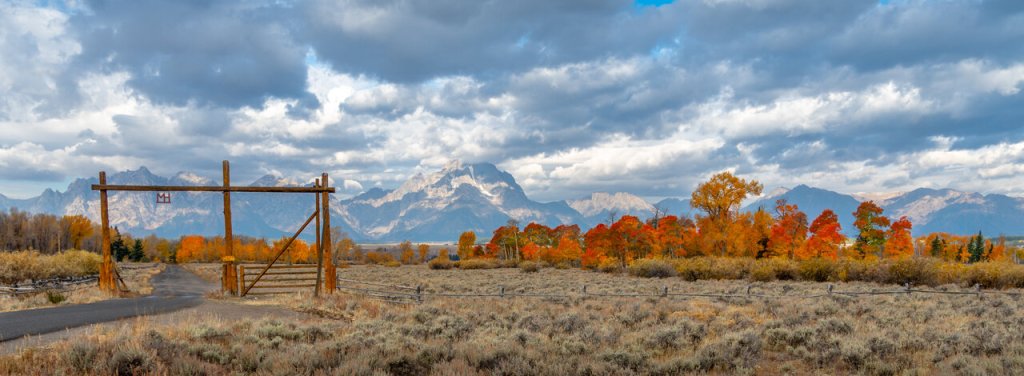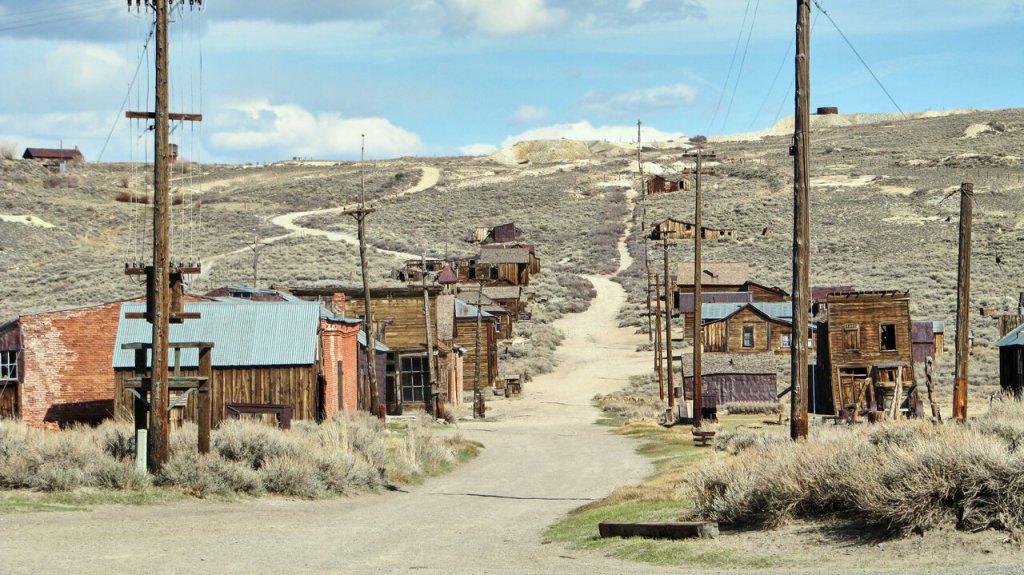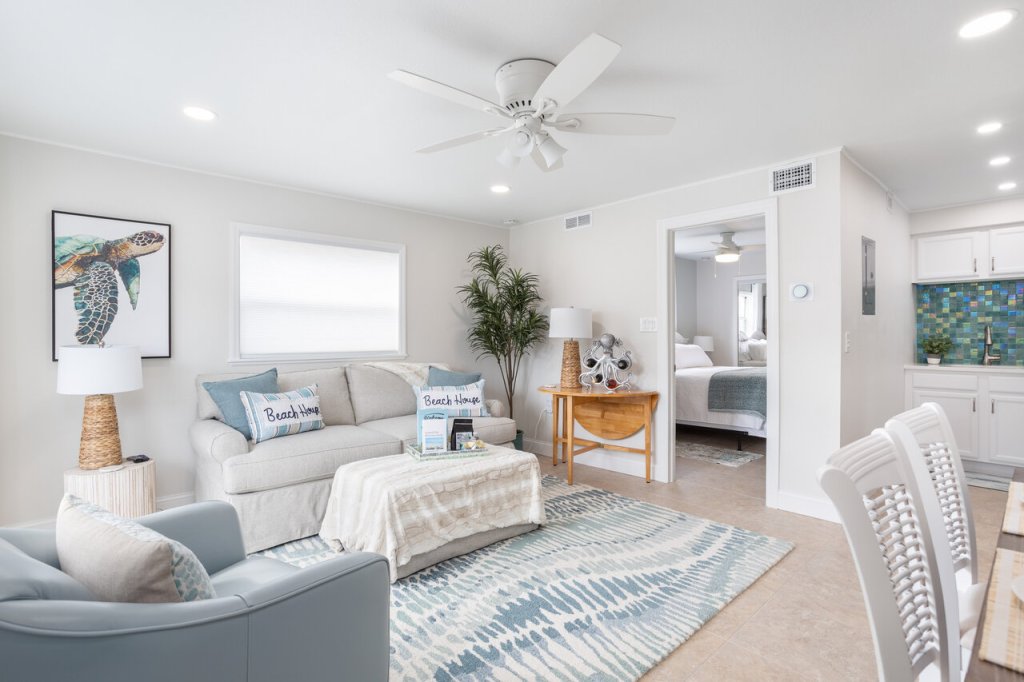Mocha Mousse Mirth
Real Estate + Language of Color
Reflect culture through the language of color. Let’s explore how Pantone’s Color of the Year will capture the real estate market with cultural comfort and collective desire. The 2025 Color of the Year is Mocha Mousse (17-1230), described as “A warming, brown hue imbued with richness. It nurtures us with its suggestion of the delectable qualities […]














